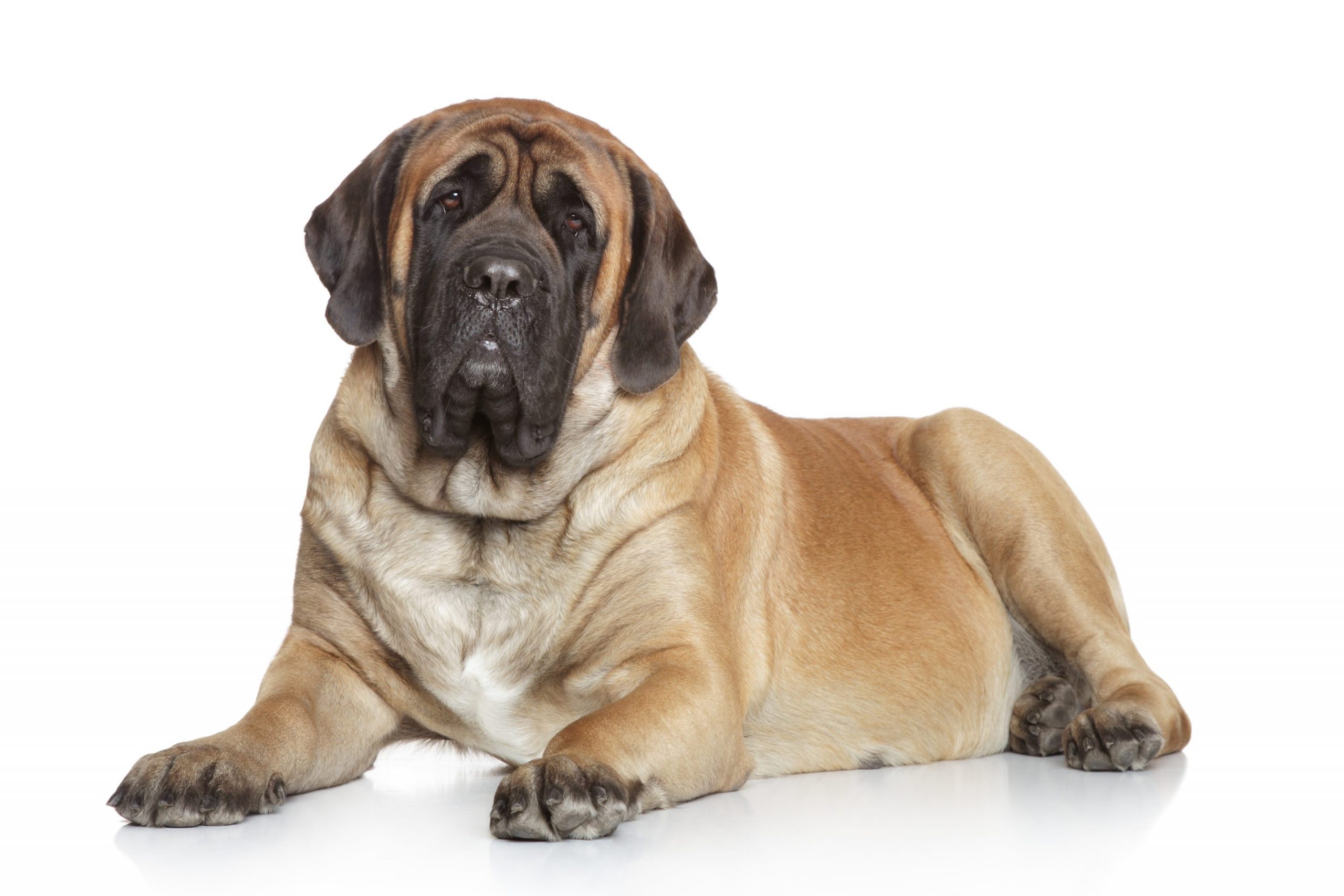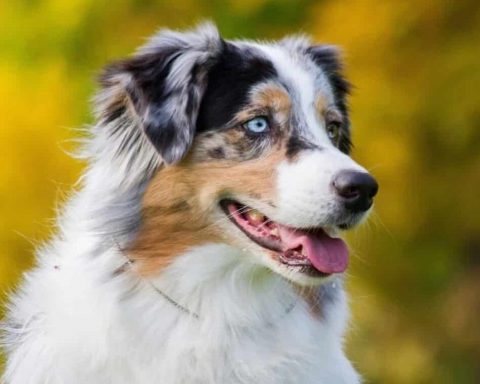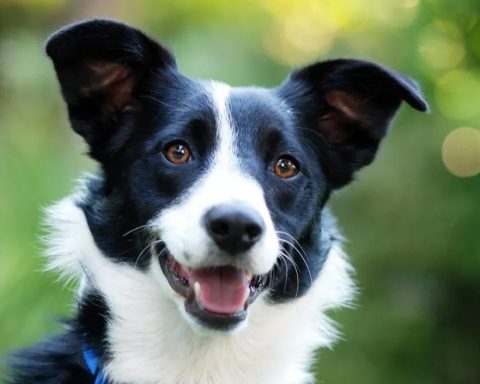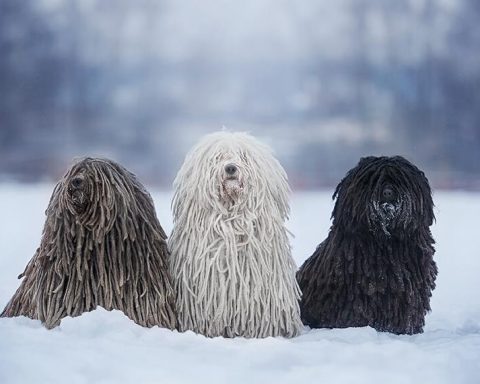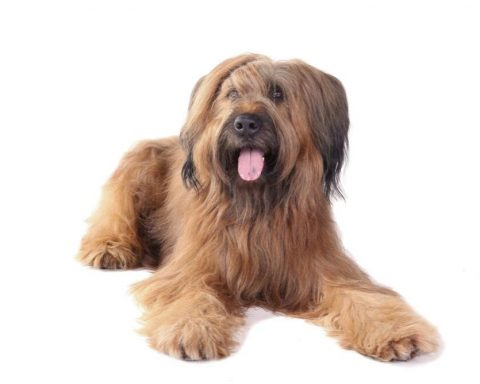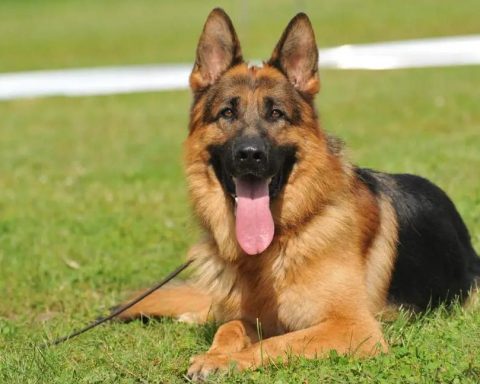The Mastiff is a tall, stout, well-proportioned dog with a tight structure. The image given is stately and noble. The males are very stout throughout; the females are solidly constructed, and all dimensions are proportionately a little smaller than in the males, but there must be no defects. Evaluation of the Mastiff takes into account type qualities and reasonable weight.
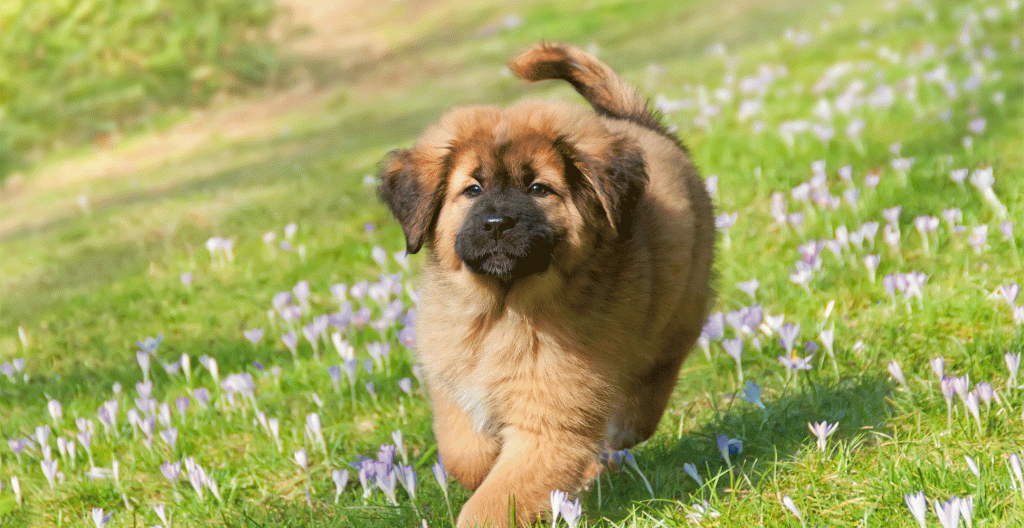
Place of origin
England
Body type
Size: males at 30 inches minimum shoulder height; females at 27.5 inches minimum shoulder height. Defects: males or females below minimum shoulder height. If the difference is too great, it is a serious defect.
PROPORTION: Rectangular, with body length (distance from forechest to hips) slightly greater than shoulder height. The depth of the body provides more height than the length of the legs.
Physique: consists of lanky, heavy bones and powerful muscles. The deeper and wider the torso, the better. Deficiency: Lack of physique, or a frame that resembles a thick slab.
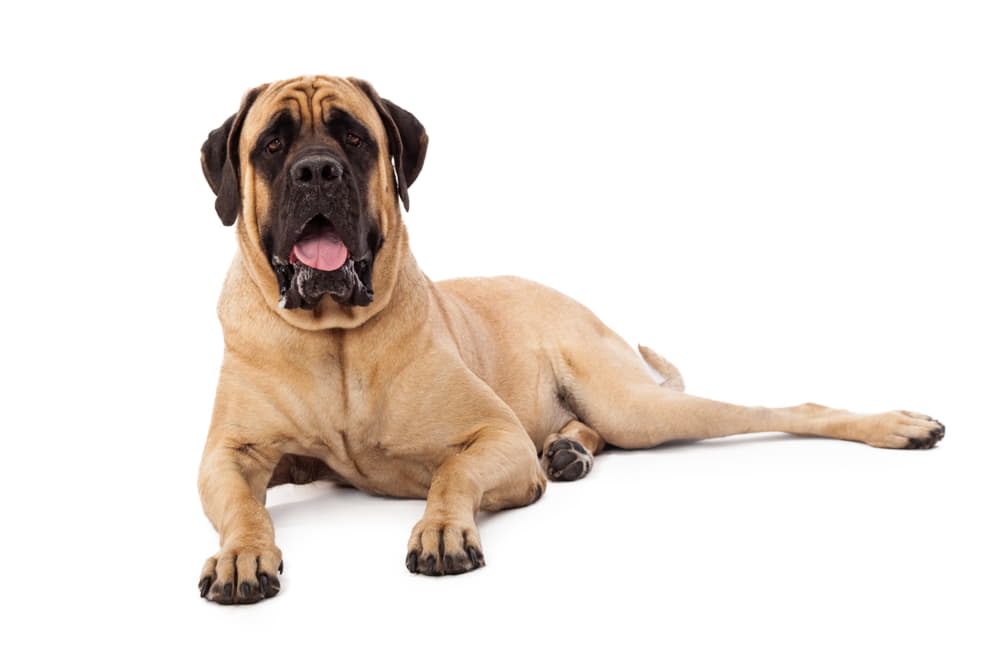
Head
The outline of the head gives the impression of being very stout when viewed from any angle. Width is very important.
Eyes: They are well-parted, medium-sized and not too prominent. The expression is alert but gentle. The color of the eyes is brown. The darker the color, the better. No transient membranes are visible. Light colored eyes or aggressive expressions are considered defects.
Ears: The ears appear small in comparison to the head. v-shaped with slightly rounded tips. The auricles are slightly thin and very well separated, located on the sides of the head, at the top of the extension of the head’s contour. When he is resting, the ears are close to the cheeks. The ears are dark in color, the darker the better, matching the color of the muzzle.
Head: Wide, slightly flat between the ears, with a slightly curved forehead that shows wrinkles when focusing on something, a unique feature for him. The brow bone (the bone above the eye) is moderately raised. The muscles at the corners of the forehead are well defined and the cheeks are very strong. There are longitudinal wrinkles in the middle of the forehead. It extends backward from between the eyes and ends midway through the head.
The stop is in the middle of the eyes, clear but not raw. The muzzle is half the length of the head, so that the head is divided into three equal parts, one for the face and two for the head. In other words, the distance from the nictitating lens to the stop is equal to half the distance from the stop to the posterior occipital bone.
The ratio of the circumference of the muzzle (exactly the circumference from the eyes to 1/2 the distance from the nose mirror) to the circumference of the head (the circumference of the position in front of the ears) is 3/5.
The muzzle is short, wide, and almost as wide below the eye as at the end of the nasal lens. The apical bishop is truncated, i.e., the blunt, bishop is truncated to a rectangular shape, creating a right-angled appearance of the front face.
The depth from the noseglass to the lower jaw is very deep, the jaw is wide and slightly rounded at the end, and the muzzle is dark in color, the darker the better. Flaws: like the muzzle of the hound.
Noseglasses: wide, dark in color, the darker the better. The nostrils are spreading in outline (neither protruding nor turned upwards).
Lips: Sufficiently downturned lips, correcting the rectangular outline of the head. TEETH: The canine teeth are strong, parted wider in distance, with powerful jaws. The bite is a clipped bite and a moderate protruding jaw bite is not treated as a defect. The teeth should not be visible when the lips are closed.
Neck, Backline, Body
Neck: powerful, very muscular, slightly arched, medium length. The closer to the shoulder, the thicker the neck. Neck is moderately dry (does not appear to have excessively loose skin).
BACK LINE: Straight, level, and firm, with no depression, arch, or sharp sagging behind the hips.
Chest: Wide, deep, rounded and progressing down between the forelegs. It extends at least to the elbows. The forechest is well defined, with the sternum extending further forward than the front of the scapulae, and the ribs well expanded.
Lower abdominal line: reasonably lifted but not exaggerated.
Back: well-muscled, powerful and straight. The hips are slightly rounded when viewed from behind. Waist: wide and muscular.
Tail: Positioned to be of proper height, capable of extending to the fly knuckle or lower. The root of the tail is broad, while the end is pointed and thin, hanging vertically when at rest and curling slightly upward when in motion, but never over the back.
Forequarters.
Shoulders: moderately sloping, powerful, and well-muscled, never with a tendency to slacken. The angle of the forequarters is proportionate to the angle of the hindquarters.
Legs: straight, firm and wide apart, heavy-boned. Elbows: parallel to the body. Ankles: strong and slightly inclined.
Paws: large, rounded and compact, with rounded arched toes and black toenails.
Hindquarters
Hindquarters: wide, broad and muscular. Healthy thighs: well defined, with strong fly joints. Knees: moderately angulated and proportionate to the forequarters.
Hind legs: well separated and parallel to each other when viewed from behind. When the hind legs are correctly “reversed” below the fly joint and standing vertically, the plumb line of the last point of the hindquarters should pass in front of the paw. This precludes the fly from being too straight. Since the angle of the flying knuckle also affects the angle of the knee joint, overly straight knees are also ruled out. Deficiency: overly straight knee joints.
Coat
The outer cloak is straight, coarse, stiff and slightly short in length. The undercoat is dense, short and flat against the body. The coat on the abdomen, tail and hind legs should not be so long that it “bangs”. Defects: Coat too long or wavy.
Color
Camel, apricot, perhaps spotted. The markings must be camel or apricot in color, completely covered by stripes of a very dark color. The muzzle, ears, and noseglasses should be dark, the darker the better, and the eye sockets similarly colored and extending upward between the eyes. The presence of very small white fragments on the chest is permissible. Defects: too much white appears on the chest or white appears elsewhere on the body, mask, ears, and noseglasses lack pigmentation.
Gait
The gait shows power and strength, with the hind legs providing adequate power, while the front legs have a smooth, well-extended stride. The movement is straight forward on all fours; as the speed increases, it is a total walk to a trot, with the paws wanting to come closer to the centerline of the body for balance.
Temperament
Combines solemnity with a very good nature, brave and docile. More noble than jovial is the correct temperament for the Mastiff. Shy or vicious dogs are defective, and conversely, beware of dogs coaxed out of competition with excessive rewards.
Standard Adoption Date: November 12, 1991
Standard Implementation Date: December 31, 1991
